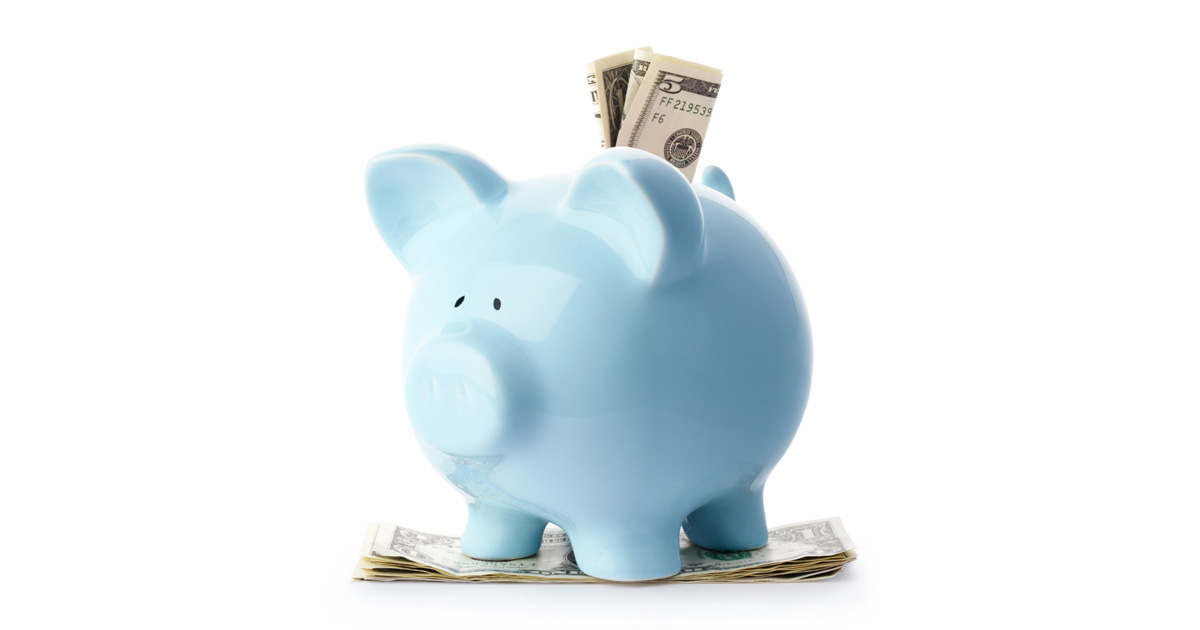Money is an essential part of everyday life and impacts a lot of the choices we make. Your first exposure to building your savings might have been through adding coins to a piggy bank. But have you ever stopped to wonder why you or people you know put money into piggy banks?
To answer this question, it’s important to dig deeper into the history of piggy banks and find out why the pig is considered a symbol for saving money. It’s an interesting topic that may inspire you to want to use one. You might also find you save more money when you better understand the history of piggy banks.
The Practice of Saving Money
The practice of saving money is old. Storage containers for saving up coins have been around for centuries. People tended to use containers with small slits in them so that they couldn’t easily access the money. Its function was similar to that of a bank.
The piggy bank itself is so well-known that it may be taken for granted at times. The reality is that it’s a coin bank that’s shaped like a pig.
You may be wondering why so many people use one and why it’s a common way to save money around the world. The origin of the piggy bank dates back more than 600 years ago, even before real banks existed. Before banks were around people often stashed money around the house or in a kitchen jar.
Pigs may not be the most attractive—or the best smelling—animal and they certainly make a lot of strange noises. So, why the pig instead of using a cute and furry animal? The answer may not be as straightforward as you think.
From Pygg Clay To Piggy Bank
People used to put money into containers made of Pygg clay. It was difficult to get the money out when you wanted it since it had to be shattered or broken to do so.
This orange-colored clay called pygg was abundant and very economical and a great option for making money boxes in the Middle Ages. Hence, the name pygg jar was born. The jars were not yet shaped like pigs at this point, and while the name stuck, the clay did not.
It’s said that ‘pygg’ was pronounced as ‘pug’ until the Middle Ages. As there were changes in language conventions, people ultimately started referring to it as ‘pig.’ By the nineteenth century, ‘pygg jars’ had become ‘piggy banks.’
The piggy bank itself was made from a variety of materials such as glass, plastic, and plaster. The term ‘piggy bank’ became indicative of the shape of the pot and not what it’s made out of.
Significance of the Pig and How It Got To the U.S.
This is just one side of the story and viewpoint on the history of piggy banks. Others strongly believe pigs have cultural significance. Many view them as a symbol of prosperity, wealth and luck, which lends itself well to the reasons the pig is considered a symbol for saving money.
No matter what you believe, piggy banks arrived and became popular in the U.S. during the nineteenth century. There was an influx of Germans entering the U.S. and they had been using money boxes in the shape of pigs for centuries.
Many claim the pig shape is used due to German philosophy of regarding pigs as symbols of fertility and frugality. In Germany, when someone gets lucky, they have a saying they use often that means “got pig.”
Piggy Banks and Saving Money
While there is no absolute origin of the piggy bank and how the pig came to be the symbol for saving money, we can all agree that today we know what it means and use it to put coins in. It’s probably safe to say the pig shape design and the name “piggy bank” itself are here to stay (though we are big fans of getting creative with your piggy banks).
Looking to save more money and ensure your coins are kept safe? You may just want to get a savings piggy bank of your own to use or share this history lesson with your kids and make your own piggy bank. If your piggy bank is jingling a little less these days with more cashless payment methods, but you still want to add a few cents to your savings account each time you make a purchase with your debit card, check out Verve’s RoundUp.
Did you enjoy this article and want to learn more about building your savings this year? Check out our tips on how you can save money in 2021.






 Federally Insured by NCUA |
Federally Insured by NCUA |  Equal Housing Opportunity |
Equal Housing Opportunity |